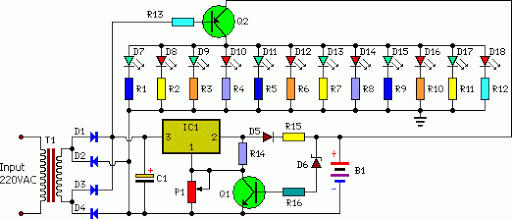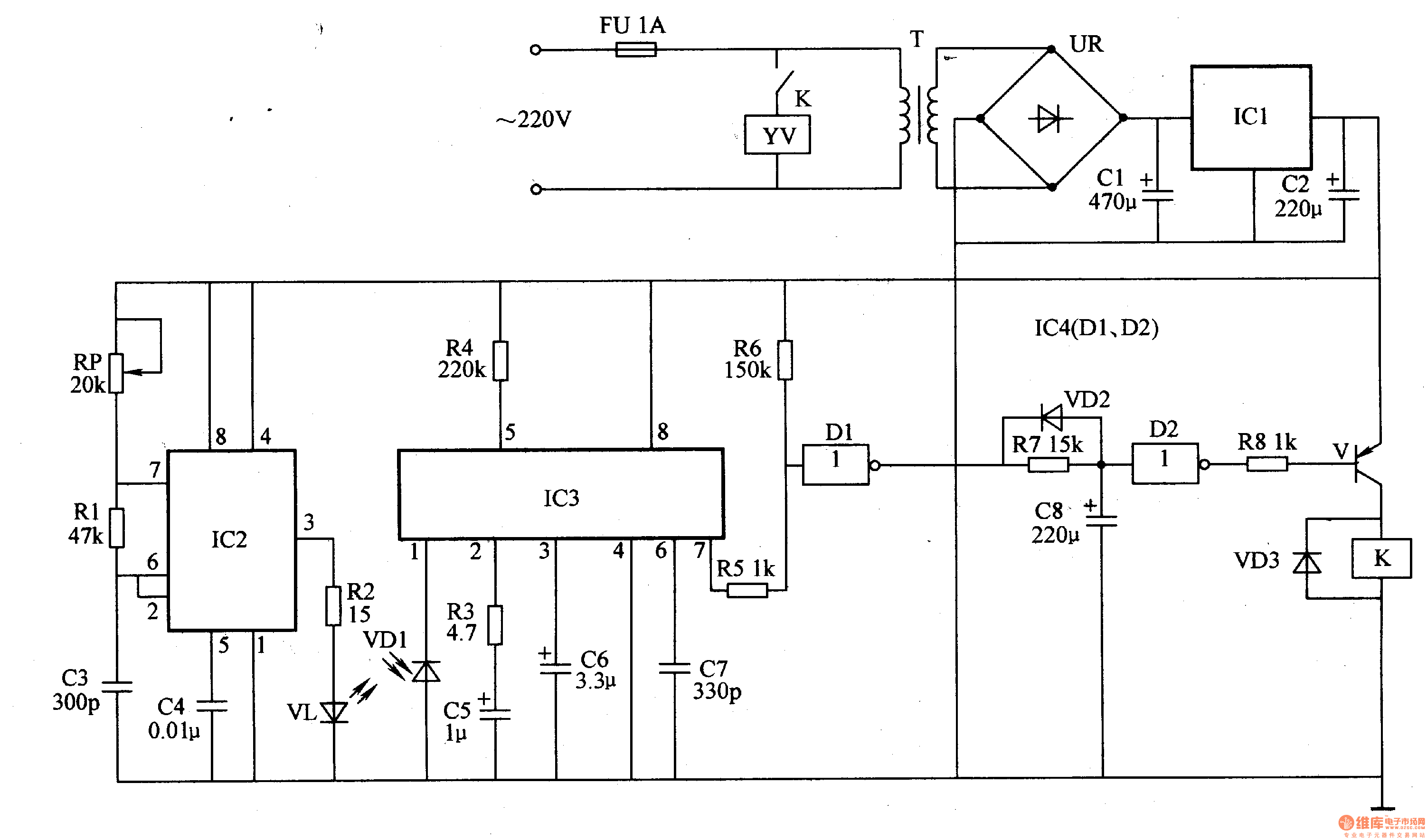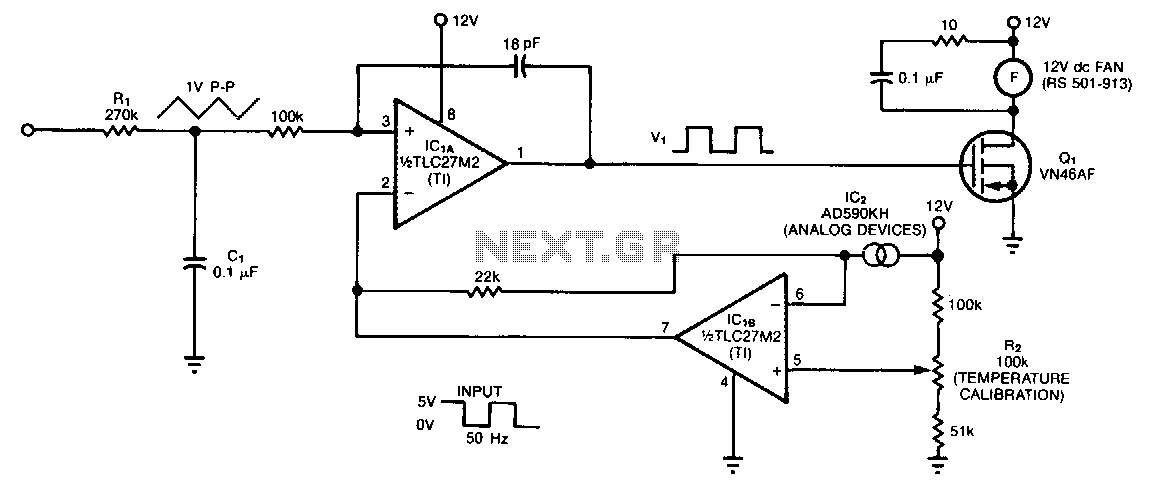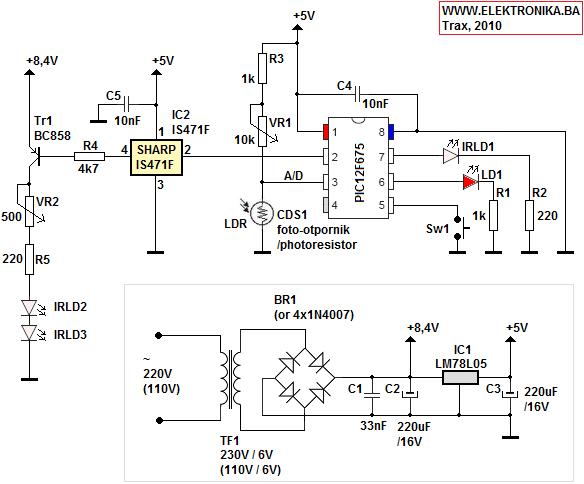
Automatic Room Lights With NE555 IC

This circuit illustrates an automatic room light circuit diagram. It features a small memory component that allows it to automatically switch on and off.
The automatic room light circuit is designed to enhance energy efficiency and convenience by utilizing a memory component, typically a flip-flop or a microcontroller, to control the lighting based on occupancy or ambient light levels. The circuit generally consists of several key components: a light sensor, a relay, a memory element, and a power supply.
The light sensor, often a photoresistor or phototransistor, detects the ambient light level in the room. When the light level drops below a certain threshold, indicating that it is dark, the sensor sends a signal to the memory component. The memory component retains the state of the circuit, ensuring that the light remains on until the sensor detects sufficient ambient light, at which point it sends a signal to switch off the light.
The relay acts as a switch that controls the power to the light fixture. When activated by the memory component, the relay closes the circuit, allowing current to flow to the light bulb, thus illuminating the room. Conversely, when the memory component receives a signal from the light sensor indicating that the ambient light level is adequate, the relay opens, cutting off the power to the light bulb.
The power supply provides the necessary voltage and current to operate the circuit components. It is crucial to ensure that the power supply is compatible with the specifications of the light bulb and the control circuitry.
This circuit can be further enhanced with additional features, such as adjustable sensitivity for the light sensor, a timer to limit the duration the light stays on, or integration with a motion sensor for increased automation. These enhancements can improve the responsiveness and functionality of the automatic room light circuit, making it suitable for various applications in residential and commercial settings.This circuit shows an automatic room light circuit diagram. It has a small memory which enables it to automatically switch `on` and switch `off` .. 🔗 External reference
The automatic room light circuit is designed to enhance energy efficiency and convenience by utilizing a memory component, typically a flip-flop or a microcontroller, to control the lighting based on occupancy or ambient light levels. The circuit generally consists of several key components: a light sensor, a relay, a memory element, and a power supply.
The light sensor, often a photoresistor or phototransistor, detects the ambient light level in the room. When the light level drops below a certain threshold, indicating that it is dark, the sensor sends a signal to the memory component. The memory component retains the state of the circuit, ensuring that the light remains on until the sensor detects sufficient ambient light, at which point it sends a signal to switch off the light.
The relay acts as a switch that controls the power to the light fixture. When activated by the memory component, the relay closes the circuit, allowing current to flow to the light bulb, thus illuminating the room. Conversely, when the memory component receives a signal from the light sensor indicating that the ambient light level is adequate, the relay opens, cutting off the power to the light bulb.
The power supply provides the necessary voltage and current to operate the circuit components. It is crucial to ensure that the power supply is compatible with the specifications of the light bulb and the control circuitry.
This circuit can be further enhanced with additional features, such as adjustable sensitivity for the light sensor, a timer to limit the duration the light stays on, or integration with a motion sensor for increased automation. These enhancements can improve the responsiveness and functionality of the automatic room light circuit, making it suitable for various applications in residential and commercial settings.This circuit shows an automatic room light circuit diagram. It has a small memory which enables it to automatically switch `on` and switch `off` .. 🔗 External reference





